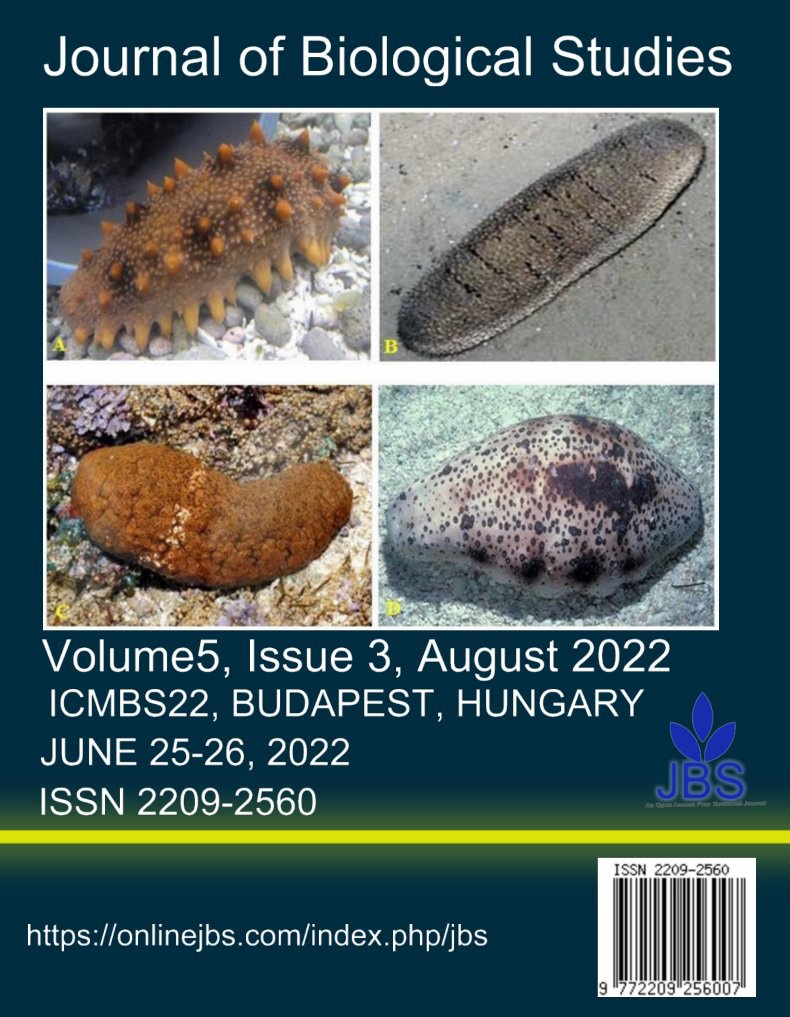Burn wound healing effect of mesenchymal stem cells seeded into collagen-chitosan in animal model
Main Article Content
Abstract
Skin burn healing is still a major issue and treatments aim to accelerate the burn healing process to minimize the associated complications. Despite the fact that a wide range of wound dressings have been designed, few of them act well and sufficiently in repairing and protecting burn wounds. This study aimed to investigate the accelerating effect of mesenchymal stem cells (MSCs) seeded collagen-chitosan hydrogel on burn wound healing in rats. In this in vitro study, adipose tissue was obtained from 10 patients undergoing liposuction surgery and MSCs were isolated and identified. Cell viability was measured by the MTT assay method. The cells were examined for apoptosis and expression of surface markers using flow cytometry. Burn wounds were created on the back of rats and the animals were divided into control group (n = 6), and groups treated with MSCs (n = 6), treated with collagen-chitosan hydrogel (n = 6), and treated with MSCs seeded collagen-chitosan hydrogel. The healing process of burn wounds was evaluated quantitatively and qualitatively on days 7, 14 and 21 after treatment. Data were analyzed using ANOVA. The wound closure, and skin re-epithelialization, vascularization, collagen synthesis, thickness, density and elasticity at the transplant site were highly promoted by MSCs seeded collagen-chitosan hydrogel than MSCs or collagen-chitosan hydrogel alone (P < 0.001). Dressing of burn wounds with MSCs seeded collagen-chitosan hydrogels has significant potential to accelerate the process of burn wound healing.
Article Details

This work is licensed under a Creative Commons Attribution 4.0 International License.
